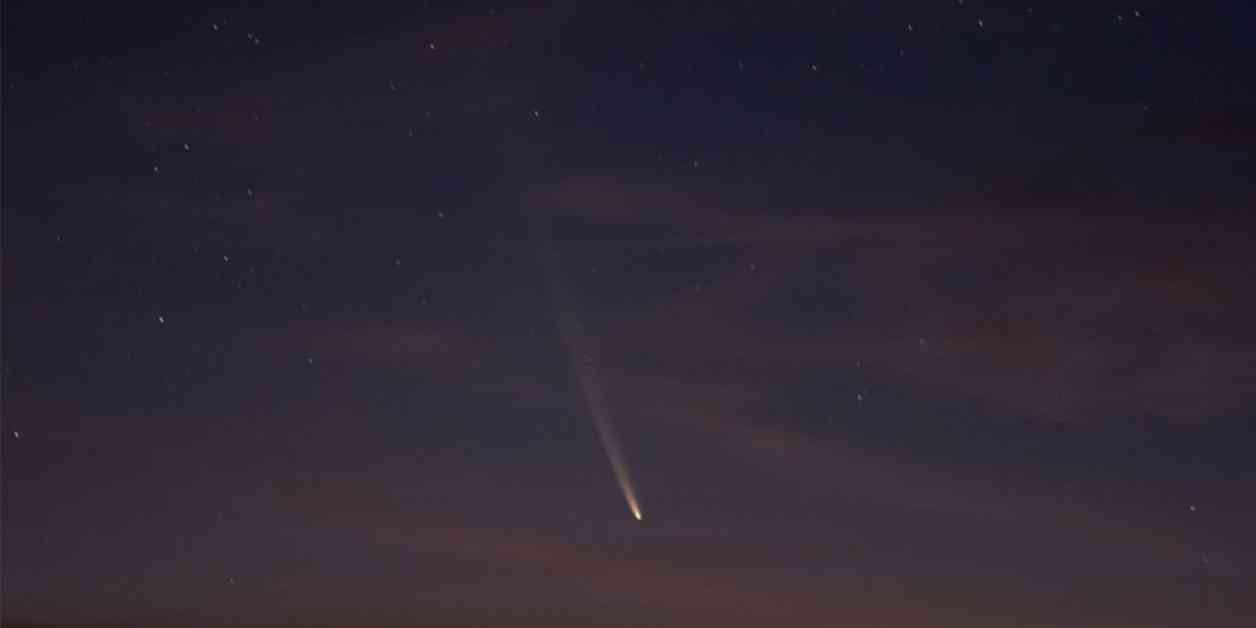A rare comet that has not been visible for over 80,000 years will be seen from Earth, with two potential viewing periods in the next month. Comet Tsuchinshan-ATLAS, also known as Comet A3, has an orbit of more than 80,000 years around the sun. The comet became visible on Sept. 27 and will be observable until just before sunrise on Oct. 2. It will look like a fuzzy ball with a tail stretching across the sky.
According to Minjae Kim, a space expert at the University of Warwick’s astronomy department, Comet C/2023 A3 has an orbital period of approximately 80,000 years, making it a long-period comet. As it approaches the sun, its behavior and appearance can be unpredictable, with potential changes in brightness and tail development. Kim suggested that if predictions are accurate, the comet may be visible to the naked eye as a fuzzy star with a tail in the sky. Using binoculars or a small telescope might reveal more details in the comet’s structure.
On Sept. 27, the comet reached perihelion, the closest point to the sun, before starting its journey back to the outer solar system. Another opportunity to view the comet, with better visibility expected, will be in mid-October if the comet survives its trip around the sun. Comets often break apart as they approach the sun, so it is not guaranteed that the comet will remain intact.
If the comet does survive, it could be visible to the naked eye when it is closest to Earth, with the best visibility anticipated from Oct. 12 to Oct. 20. The comet will become higher in the sky each night until it disappears, not to be seen again for another 80,000 years.
Starwalk, an astronomical app for stargazers, has labeled this comet as the “most anticipated comet of the year.” It is a rare and exciting event for astronomers and sky watchers alike. Get your binoculars or telescopes ready for a chance to witness this spectacular cosmic phenomenon that only occurs once in a lifetime.




